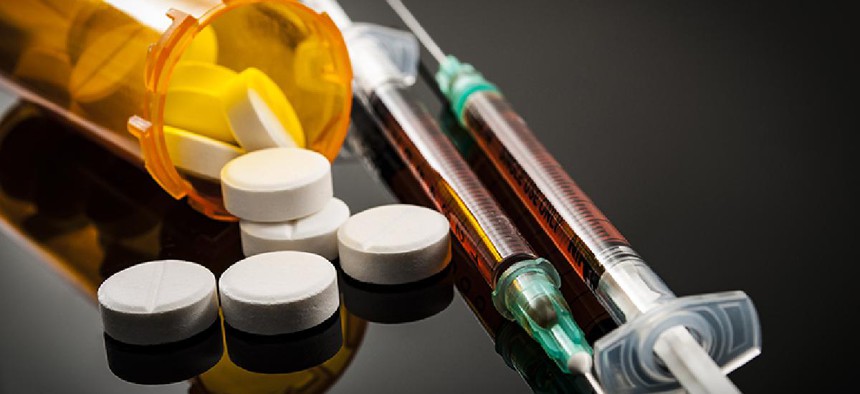So far in 2017, there have been 67 opioid overdose deaths and 133 nonfatal overdoses on Staten Island as of Sept. 6, according to statistics compiled by Richmond County District Attorney Michael McMahon’s office.
“The overdose numbers show us that we’re still in the throes of a terrible epidemic here on Staten Island,” McMahon said, noting that mixing fentanyl with heroin is driving the overdose rate up.
The statistics show a nearly 10 percent increase in overdose fatalities and more than four times the number of overdoses reversed by naloxone, the life-saving spray, as for the same period in 2016. A recent state Health Department report on opioid overdoses for all of 2016 tallied 251 outpatient visits and 88 hospitalizations for heroin, fentanyl or other opioid overdoses in the borough.
Last year, City & State reported on the ongoing opioid epidemic on Staten Island, citing overdose data lags from the New York City Health Department and a lack of resources for law enforcement and treatment programs. The district attorney said recently that those issues had improved.

In terms of data delays, what used take a year and a half to receive, now “only took a couple months.” In addition to faster reporting, the quality of the data is improving thanks to increased cooperation from the NYPD and hospital and emergency medical services.
With help from various levels of government, the borough has cracked down on dealers, offered new opportunities for first-time offenders and started a grass-roots education campaign.
McMahon touts moving the average jail sentence for repeat offenders from one to two years up to 10 to 12 years, after the opening of a new narcotics part of the Supreme Court last October.
Early this year, officials announced the Heroin Overdose Prevention and Education program aims to divert first-time misdemeanor offenders from the correctional system with the use of “peer navigators.” Navigators are in recovery themselves and explain the chance to avoid jail time to the offender, if that person goes through a mandated treatment program. About 270 participants have been offered the option of going through the HOPE program and 200 have opted in so far.
And while the McMahon’s office has 1,500 lawn signs touting the informational website sihope.org, a major educational campaign is needed, he said.
“Heroin and opioid usage is so acceptable and available, that means we’re not educating the public properly” McMahon said.


